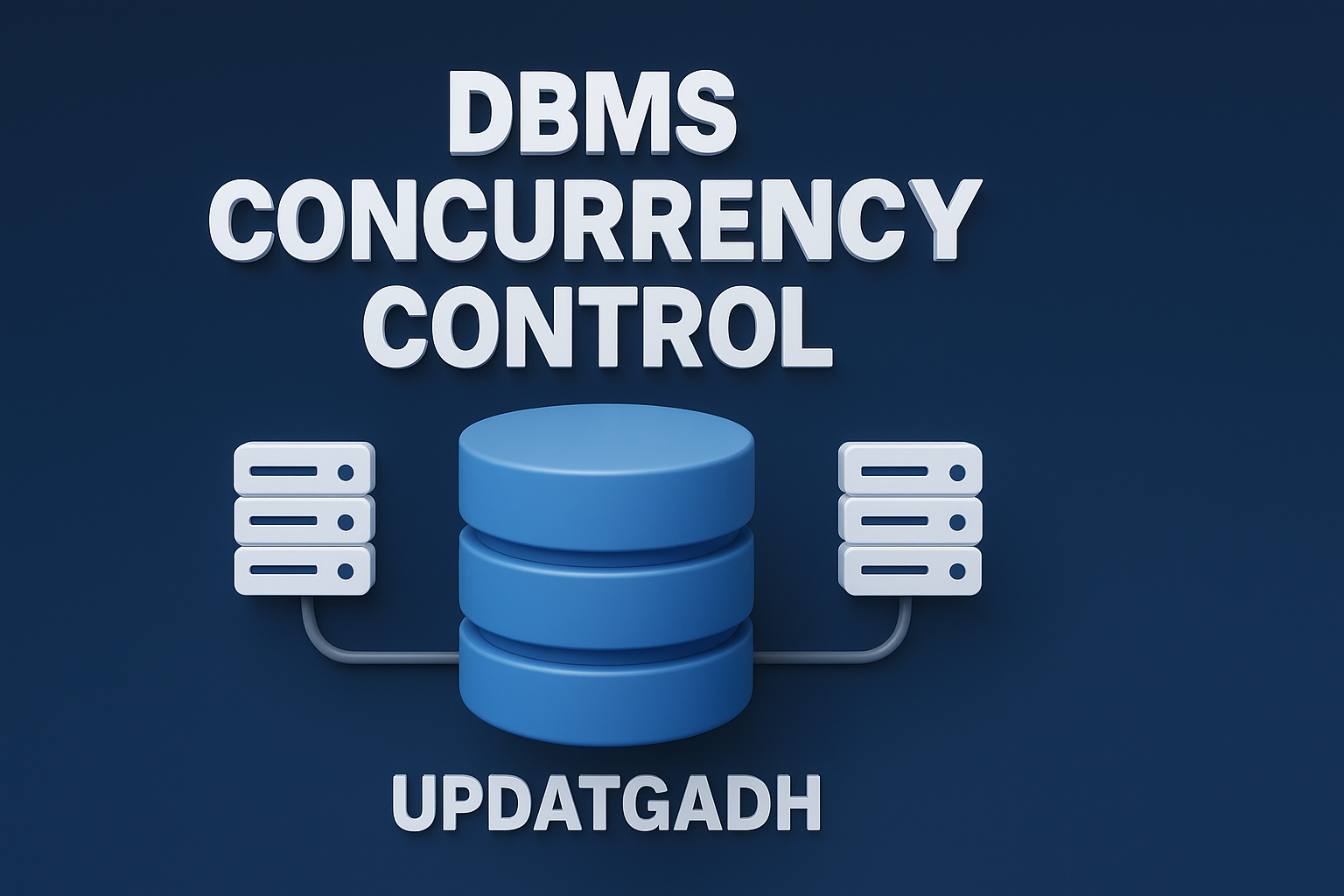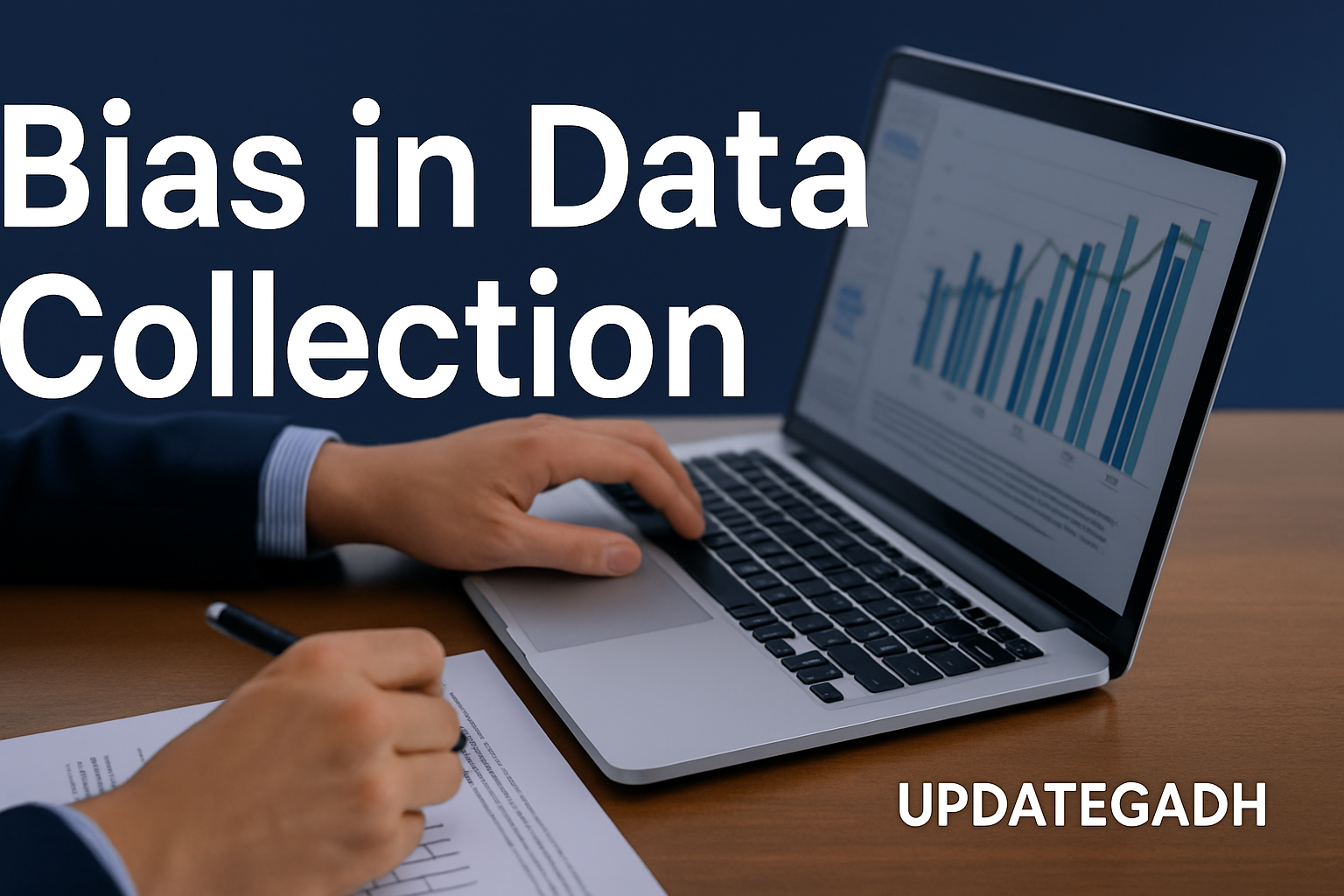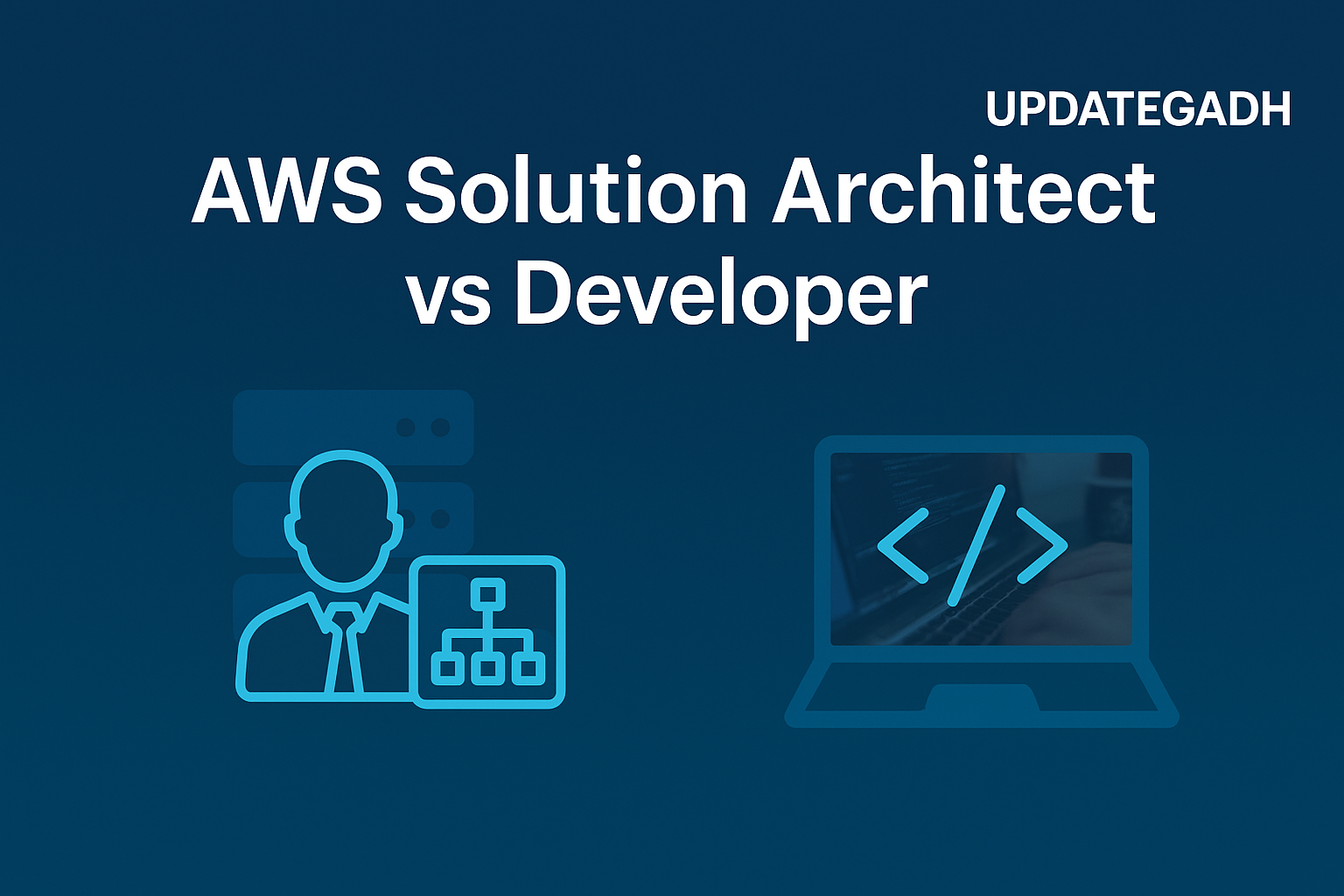
AI Transformers: The Game Changer in Artificial Intelligence
AI Transformers
Introduction
Artificial Intelligence (AI) is evolving at a breakneck pace, and at the heart of its rapid advancement is a revolutionary framework known as the Transformer architecture. First introduced in 2017, Transformers changed the way machines process information by leveraging a novel technique called self-attention. Unlike earlier models that processed data in sequence, Transformers analyze entire input sequences simultaneously, allowing them to understand context and long-range dependencies like never before.
This parallel processing ability has made Transformers the foundation of modern AI systems—powering tools like machine translation, chatbots, and even medical research platforms. Their scalability and adaptability make them indispensable in building intelligent systems that not only understand language but also generate, translate, and interpret it with human-like precision.
Complete Python Course with Advance topics:-Click Here
SQL Tutorial :-Click Here
Machine Learning Tutorial:-Click Here
What Are Transformers in AI?
At their core, Transformers are a type of neural network architecture that converts input sequences into output sequences by learning the relationships and context between different elements. For instance, when analysing the query, “What colour is the sky?”, a Transformer model can understand the connection between “color,” “sky,” and “blue,” eventually generating a meaningful response like “The sky is blue.”
This architecture is now widely used in tasks like machine translation, speech recognition, and bioinformatics, making it a cornerstone for handling any type of sequence data.
Why Are Transformers So Important?
Early NLP models could only understand a word based on a few nearby words, limiting their ability to retain meaning over long passages. Think of your smartphone’s autocomplete function—it suggests “fine” after “I am” based on frequent usage patterns. But what if you needed to understand an entire paragraph’s flow or keep track of a character across a story? That’s where older models fell short.
This was entirely altered by transformers, which made it possible for models to easily handle long-term dependencies. This made a massive difference, especially for applications requiring full-context understanding like summarizing documents or answering complex questions.
Key Advantages:
- Efficient parallel processing of sequences, speeding up training times.
- Ability to train large language models (LLMs) like GPT and BERT.
- Assistance for multi-modal AI that combines visuals and words (e.g., DALL·E).
- Scalable across industries, from healthcare to customer service.
How Do Transformers Work?
The encoder and the decoder are the two primary parts that make up transformers. The decoder creates the output using this format after the encoder receives the input data and condenses it into a vector.
But what truly sets Transformers apart is the self-attention mechanism. It enables the model to give each segment of the input sequence a certain amount of weight. Imagine being in a noisy room and still managing to focus on one voice—that’s essentially what self-attention does, but for data.
Core Elements of Transformer Architecture:
- Input Embeddings: Converts words/tokens into numeric vectors.
- Positional Encoding: Adds word order information to maintain the context of the sequence.
- Transformer Blocks: Consists of feed-forward neural network and self-attention layers.
- Linear + Softmax Layers: Final output layers that generate predictions in understandable formats.
Transformers vs. Other Neural Networks
Transformers vs. RNNs
Recurrent Neural Networks (RNNs) process inputs sequentially and struggle with long-term context. Transformers, by contrast, analyze entire sequences at once, allowing for more efficient and accurate language understanding.
Transformers vs. CNNs
For grid-like data, like photographs, Convolutional Neural Networks (CNNs) perform exceptionally well. While initially designed for text, Transformers can now handle visual tasks too, thanks to models like Vision Transformers (ViT).
Use Cases of Transformers
Transformers have been used in many different fields:
- Natural Language Processing: Powering tools like virtual assistants, summarizers, and chatbots.
- Machine Translation: Allowing for accurate and real-time translation between several languages.
- DNA Sequence Analysis: Helping identify genetic mutations and inform personalized medicine.
- Protein Structure Prediction: Contributing to drug discovery and biological research.
Types of Transformer Models
Transformers come in many specialized forms:
- BERT (Bidirectional Encoder Representations from Transformers): Reads text both forward and backward for better context.
- GPT (Generative Pre-trained Transformer): Produces coherent and creative text sequences.
- BART (Bidirectional and Auto-Regressive Transformers): Combines the strengths of BERT and GPT.
- Vision Transformers (ViT): Treat image patches like words for image classification tasks.
- Multi-modal Transformers (e.g., ViLBERT, VisualBERT): Understand both text and images for tasks like visual question answering.
Real-World Examples
1. BERT by Google
Used in Google’s search engine to improve the understanding of natural language queries. It was a breakthrough in enabling machines to understand context more deeply.
2. LaMDA by Google
Designed for conversational applications, LaMDA can handle open-ended conversations across various topics. It’s a major leap in human-like dialogue.
3. GPT by OpenAI
From GPT-1 to the now-famous ChatGPT, these models have revolutionized how machines generate text, write code, assist in customer service, and more.
Download New Real Time Projects :-Click here
Complete Advance AI topics:- CLICK HERE
Conclusion
Transformers have redefined what’s possible in artificial intelligence. By overcoming the limitations of older models, they’ve enabled machines to understand, generate, and interact with human language in increasingly natural ways. From virtual assistants to disease prediction, the applications are vast—and growing.
knowing Transformers entails knowing the future of artificial intelligence, regardless of whether you’re a researcher, developer, or just an enthusiast. At Updategadh, we’ll keep tracking this transformative journey of technology—one model at a time.
transformer model
transformer architecture
transformer model example
transformers deep learning
attention is all you need
vision transformer
transformer model machine learning
the transformer architecture was first introduced by google
pixverse ai
ai transformers explained
ai transformers python
ai transformers tutorial
ai transformers geeksforgeeks










Post Comment